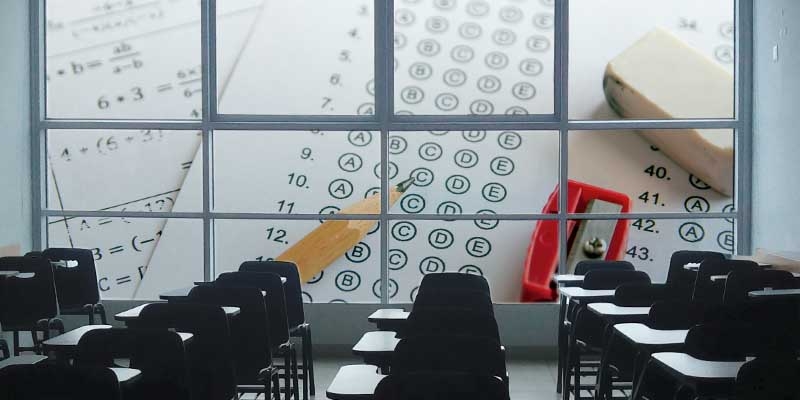Secondary School Class Sizes and Student Performance in Canada

Small classes are popular with parents and teachers. They are also expensive. Is the cost worthwhile for governments faced with persistent budget deficits and escalating education costs? Ontario has decided to seek much needed savings by phasing in an increase in secondary school class sizes. Will this negatively impact student achievement as opponents argue? This study draws on aggregate data from the 2015 Programme for International Student Assessment (PISA) to show that provinces with larger reported secondary class sizes than Ontario performed better on standardized measures of student achievement.
Extensive research into the effects of smaller classes has identified relatively small positive benefits in the lower grades and yielded inconclusive results for the higher grades, with some evidence of higher achievement scores in schools with larger secondary classes. This was the pattern found in this study.
Canada has traditionally performed well in the PISA results, and did so again in 2015, placing 10th in math, 7th in science and 3rd in reading among the 72 participating countries. Not all provinces performed equally well, with the largest, wealthiest provinces of Ontario, Quebec, British Columbia, and Alberta outperforming the others. Among these “Big Four” provinces, students in Quebec, British Columbia, and Alberta attained the highest scores in all three subjects.
PISA measures average class size from school principals’ reports. The reported Canadian average secondary school class size of 26.4 was slightly higher than the OECD average of 26.1. There was a large range of class sizes within Canada extending from a low of 22.6 in Saskatchewan to a high of 30.1 in Quebec. Reported class sizes in Ontario (24.8) and British Columbia (25.4) were statistically indistinguishable from four much smaller provinces.
This study finds a positive correlation (r = 0.758, p = 0.011) between mean subject scores and reported average class sizes: provinces with higher PISA scores tended to have larger classes. The study charts mean scores for reading, science and math against average class sizes in the Big Four provinces. Despite having the lowest scores in each of the three subjects, Ontario also had the smallest classes.
This finding does not mean or imply that increasing class sizes in secondary schools will increase student scores on standardized tests. Many other factors contribute to student outcomes. Still, classroom modifications that research has identified as being effective can cost much less than subsidizing smaller classes. And, as demonstrated by this study, higher scores can be achieved with larger classes.


